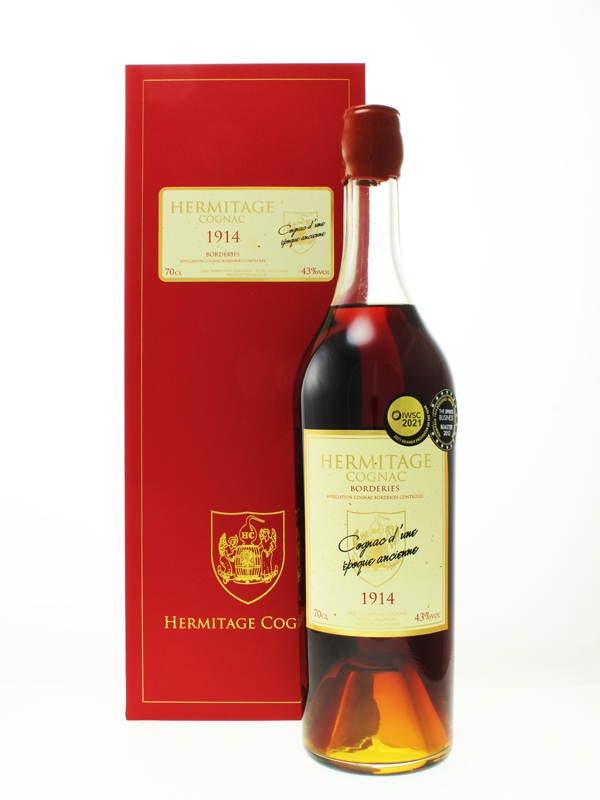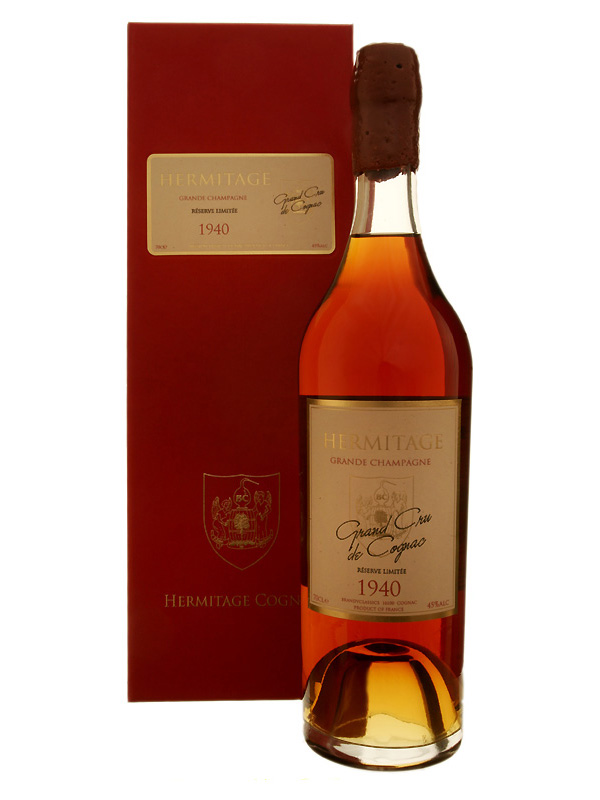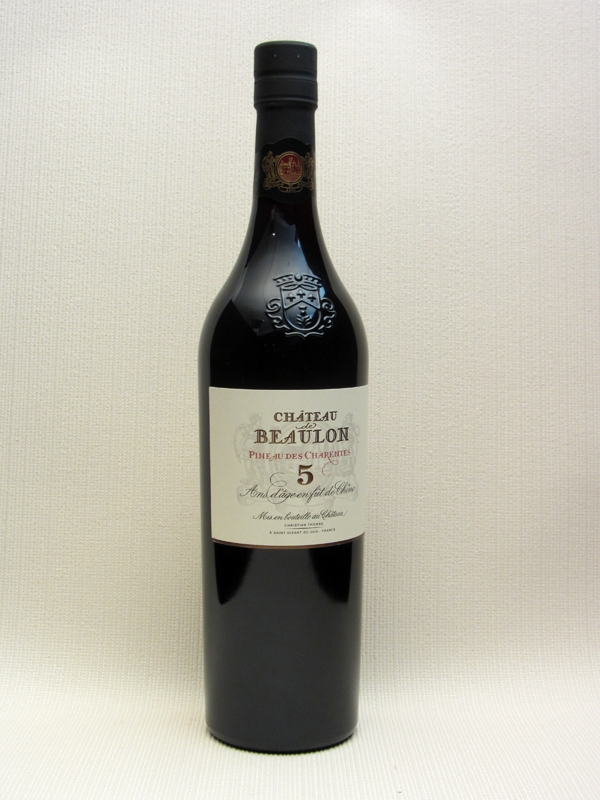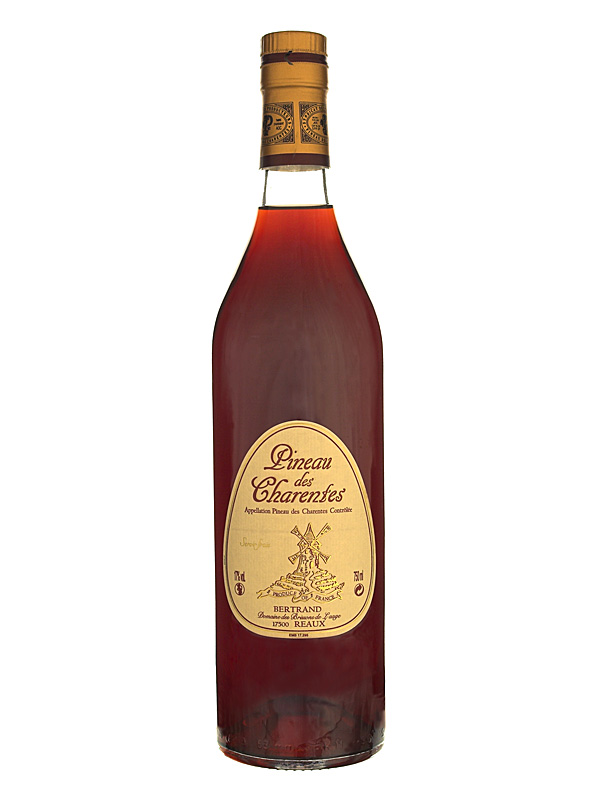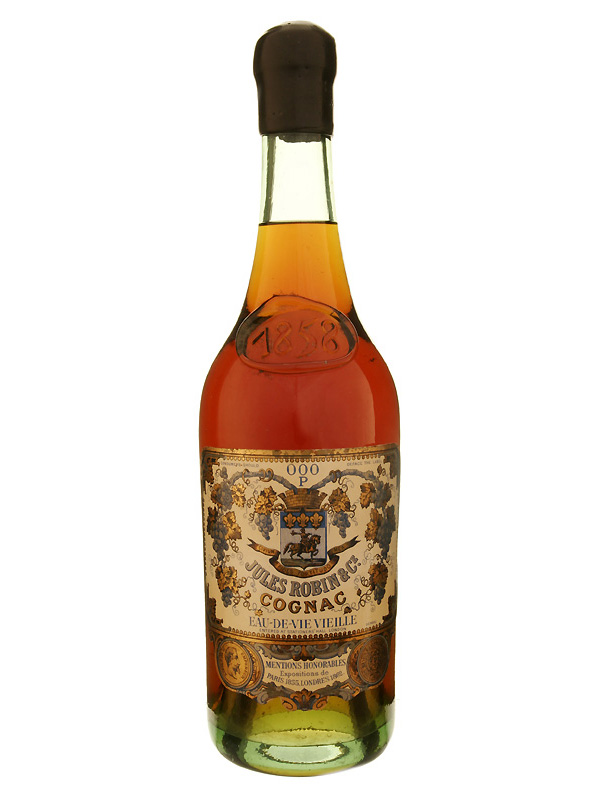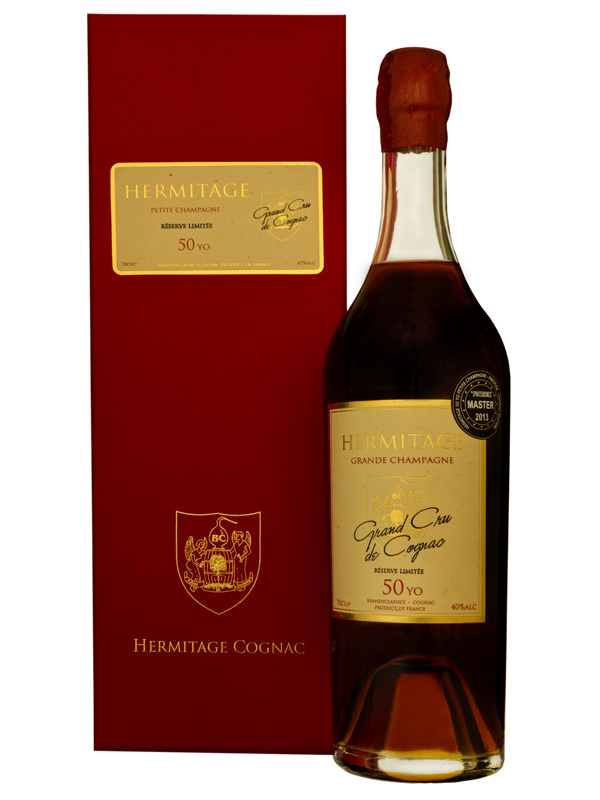More than 70% of Chinese Brandies are Fake Products
The Hong Kong Vinexpo Exhibition took place last month and both Hennessy and Martell were notable absentees. The sale of brandies in China has reached such large proportions that the big houses are now unable to meet the demand of Chinese markets. Admittedly, much of the talk is speculation, but clients are openly asking for supplies of fifty containers to supply their customers. Shipments of cognac are increasing massively as the Chinese middle class growth is expected to increase by 50% by 2015.
Sales of imported spirits into China, which includes some whisky, currently stand at 4 million cases. But this is small compared to the local firewater called Baijiu. Sales stand at 900 million cases and the average person drinks 11.6 litres of spirits a year!
The Chinese are keen to associate luxury drinks, particularly cognac with success and successful young professionals often build bars in their houses and stock them with luxury cognacs. Indeed the Chinese perception of luxury is more to do with the shape of the bottle rather than its contents. It is this very point that is the nub of the problem in China, where cheap brandies can be put into attractive bottles and sold at high prices.
Unfortunately the cognac industry is largely to blame with their use of generic titles such VSOP and XO. This has created a valueless perception of what we are now selling, merely a strong coloured spirit in a fancy bottle. How much better would it be if we educated our customers to taste the difference between new and old and good and bad? This way they can recognize value and slow the fake markets.
All Hermitage Cognacs come with age statements and guaranteed provenance. Should a discerning Cognac buyer wish to sample a genuine luxury cognac, below are just a few examples from the exceptinoal Hermitage range.

